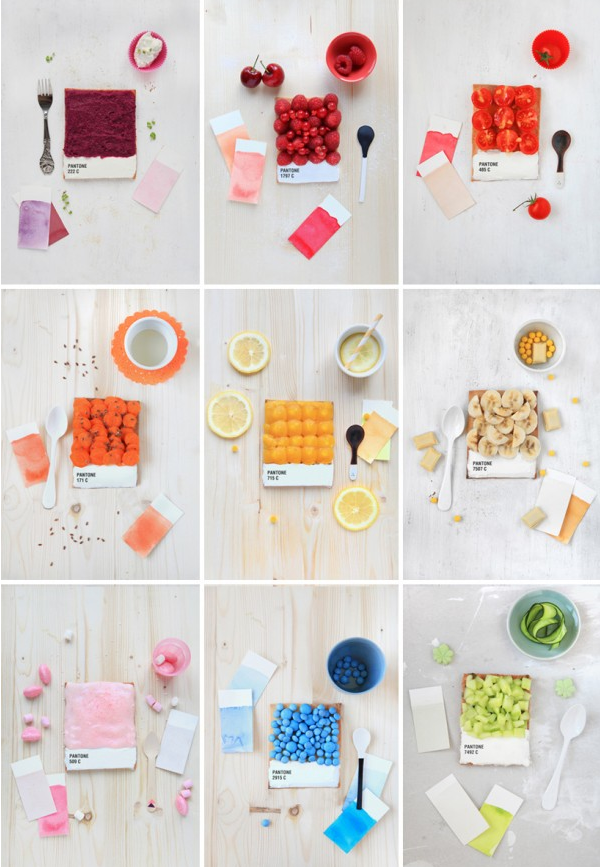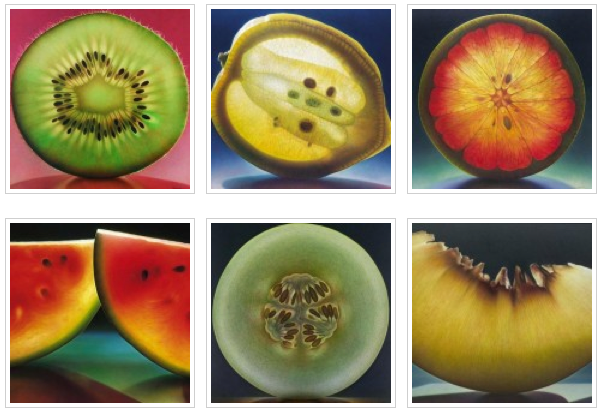a weekly round-up of our favorite finds from the front lines of food

- Belgian supermarket Delhaize launched a wine collection featuring cork figures for the different regions (right).
- The heirloom and live food trends meet in Eternal Yogurt: The Starter That Lives Forever If you're set on store-bought, get some tips from this yogurt smackdown: A Frenchman, a Greek, and a Turk walk into a conference room to rank New York–made Greek yogurts. Spoons, predictably, fly.
- An amazing project of food, history and identity, The Southern Discomfort Tour, by the Cooking Gene. Michael Twitty explains the project in an essay entitled The cook who picks cotton: reclaiming my roots. "Slavery is not just a practice or moment in American history; it is a metaphor for our relationships to lifestyles and food systems that many of us view as beyond our control. Most of us are enslaved to food systems that aren’t sustainable, but eat we must. And because we must eat, food is a natural vehicle for telling the kinds of stories about historical slavery and the impact of “race” on how we eat, even as we critique and question our contemporary food politics. Food is our vehicle to move beyond race and into relationships and use those relationships to promote the kind of racial reconciliation and healing, our nation desperately needs."
- It's Derby Weekend. Bartender Chris McMillian rhapsodizes on the poetry of the perfect Mint Julep. "I don’t typically stir my Julep up...Each sip progressively takes you there and each sip is different from the one preceding it. Few drinks have that multidimensionality, building to the crescendo—which I think is the payoff of the Julep—of the bourbon and the mint together."
- Using vintage inspiration in packaging to answer a desire for authenticity makes news in the wine and spirits world. "We needed to bring the heritage back to the packaging.”
- Since we've got a bit of a drinks theme going on this week, Virgin Atlantic is now serving drinks with Richard Branson vanity ice cubes to passengers in Upper Class. Stephen Colbert has already mocked it (video).










